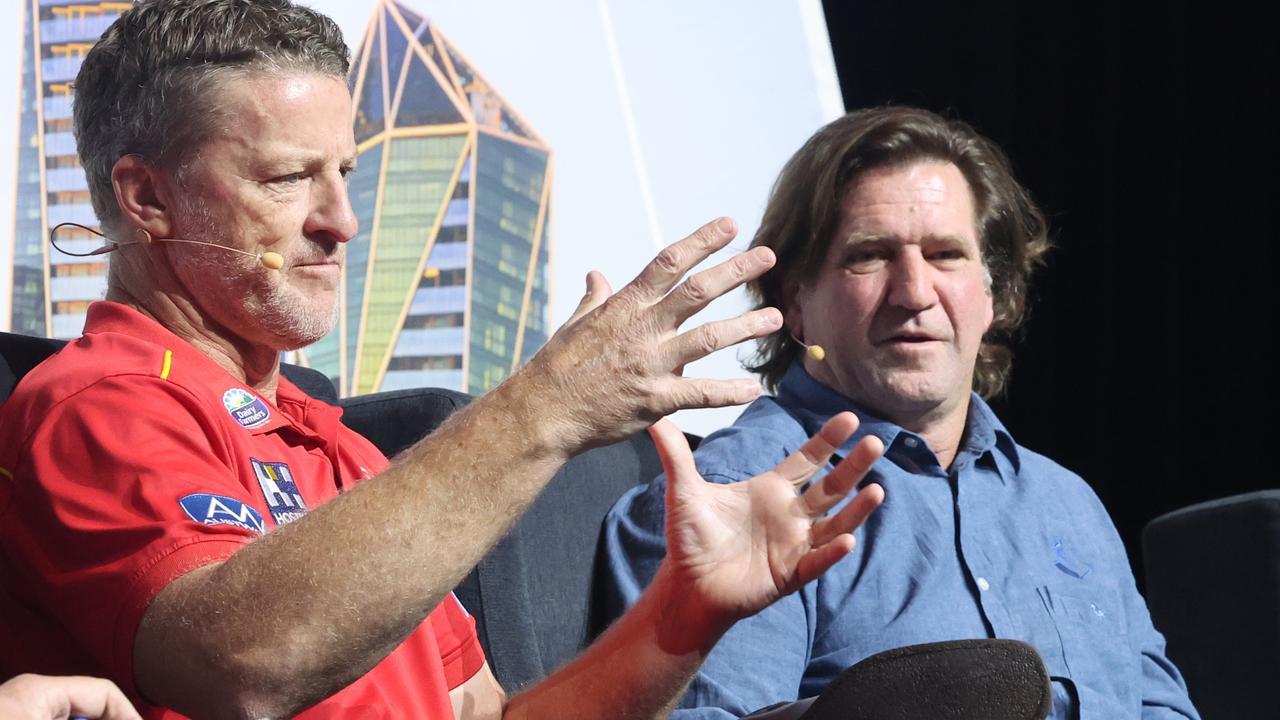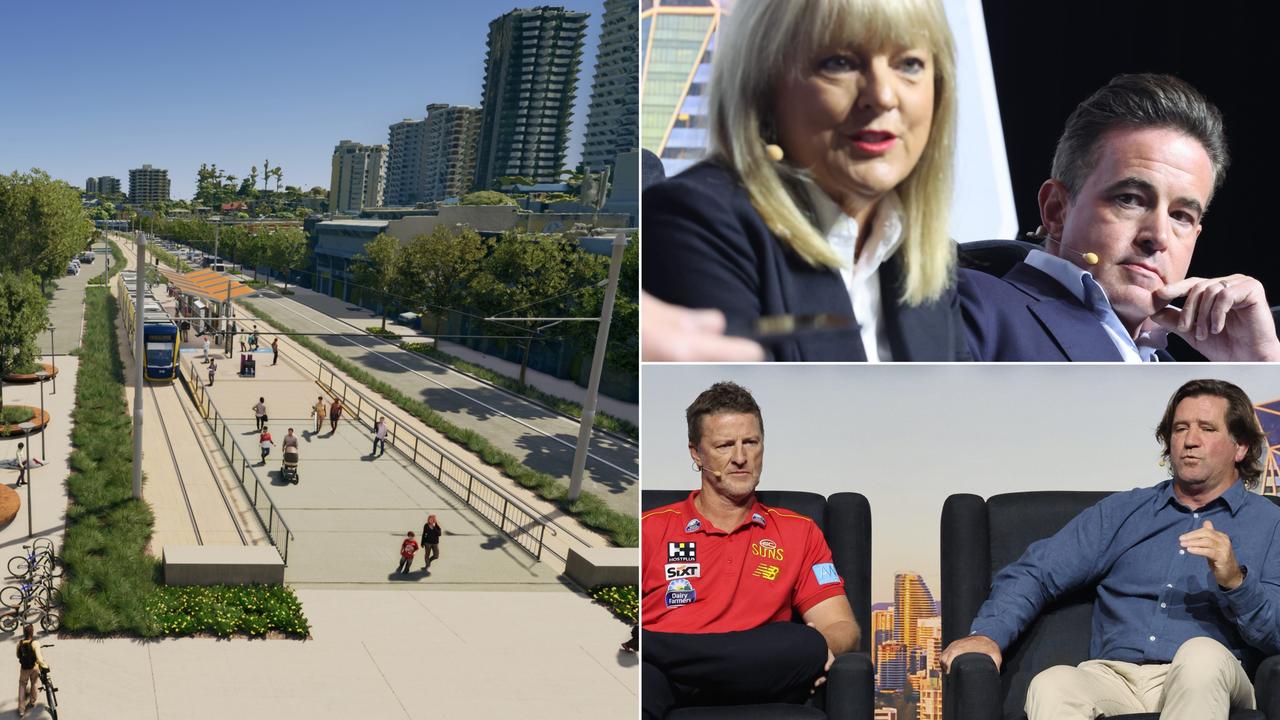Gold Coast boating traffic: new study shows how busy our waterways will get
New research shows boating traffic will triple on the Gold Coast in the next 25 years, creating pressure points for congestion and potential for increased accidents.
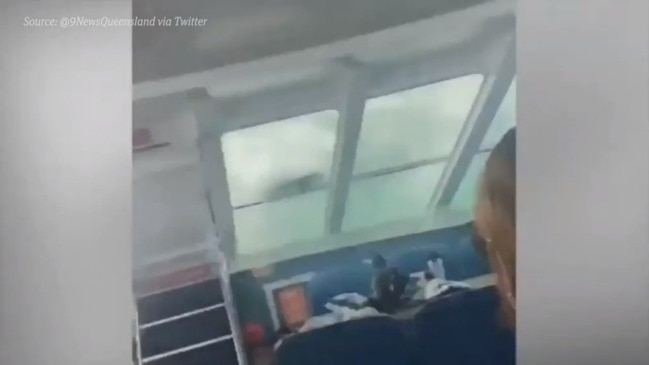
Future Gold Coast
Don't miss out on the headlines from Future Gold Coast. Followed categories will be added to My News.
NEW research shows boating traffic will triple on the Gold Coast in the next 25 years, creating pressure points for congestion and potential for increased accidents.
The Gold Coast Waterways Authority (GCWA) has completed an “initial study” which it said was the first serious attempt to understand past and present patterns of water use.
“We’re a waterways city, there really is nowhere else in Australia which has a waterways network like ours,” GCWA CEO Hal Morris said.
“People live, work and play on our waterways which also support a huge diversity of animal and plant life. This users study builds on our earlier economic assessment which confirmed that the waterways are a natural asset worth $26 billion.”
BOATING INDUSTRY MAKES A BIG SPLASH AT SYDNEY INTERNATIONAL BOAT SHOW
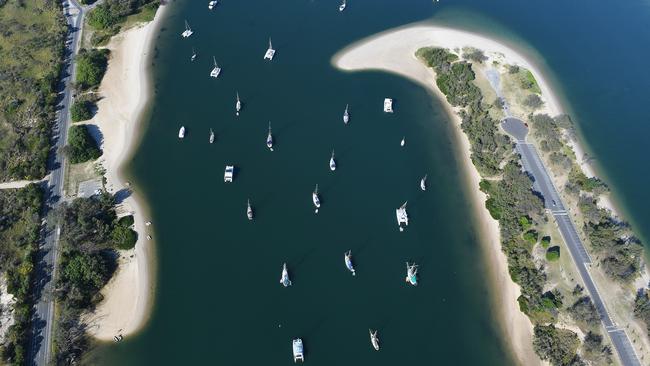
The latest study found:
* The Coast has 32,000 registered recreational vessels — not including kayaks and stand-up paddleboards — and is expected to grow to almost 50,000 by 2031.
RELATED NEWS:
Star Group’s heavy investment in Coast future plans
Why Coast tourism is going ‘back to basics’
Secret weapon to boosting Coast’s tourism
* Boating traffic in the northern Gold Coast waterways region — the area between the Logan River and the Broadwater north of the Seaway — is expected to triple in line with population increases in the next 25 years.
* There is a lack of suitable information about the type and number of vessels using the waterways at particular times, including the sites they are visiting.
* New technology like marine spatial planning could be used to help manage the distribution of waterways users and their activities, unlocking some areas that are under-utilised.
AMAZING OFFER: GET A SAMSUNG GALAXY TAB A 8.0 WITH THIS BULLETIN SUBSCRIPTION (T&Cs apply)
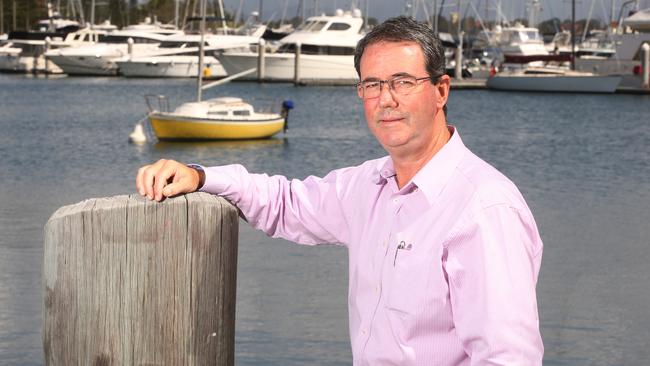
* There is a need for more information about people’s expectations and experiences of
crowding to help with planning.
* Predictive modelling is needed to help anticipate where the risk of incidents, accidents and injury may increase based on forecast growth in vessel numbers and waterways usage.
OTHER NEWS:
Results kick in teeth for Smiles shareholders
Can you help Benji and his friends find a home?
Where it will hit 30C this week
Mr Morris said the study was an important first step in helping the GCWA identify gaps in its knowledge and decide what further information needed to be gathered to help it come up with management solutions.
He said the study results would be added to the consultation sessions on the review of the GCWA’s management strategy 2014-23 planned for this financial year.
MONSTER WAVE SMASHES WHALE-WATCHING BOAT
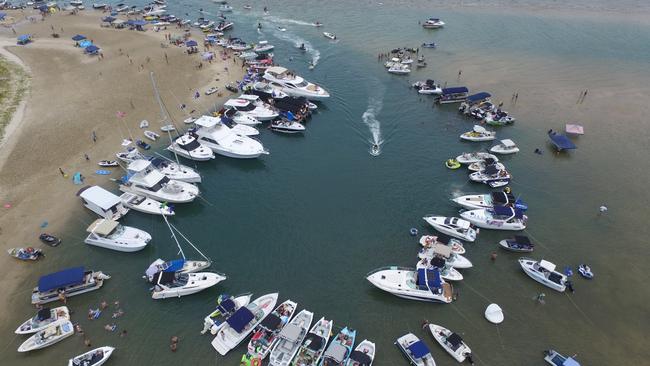
“We need to start thinking of the waterways as major transport arteries and a tourism attraction,” Mr Morris said.
“When we think about the waterways we see not only a destination but an access network supporting the marine, tourism and recreation industries. That’s why we invest in maintaining and improving access through our dredging program. I’d liken it to unclogging the arteries to make sure our waterways network keeps moving.”
The GCWA had just finished dredging the Coomera River and would start work soon on the south Wavebreak Island channel in the Broadwater.
COAST’S BOAT GRAVEYARD: ALERT AS MORE WRECKS FOUND
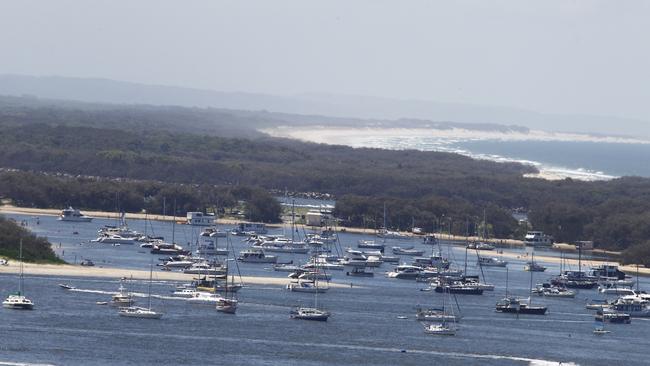
“That’s a total investment of about $4 million — money well spent considering an economic study we commissioned showed the waterways contribute $770 million each year to the local economy directly and in flow-on impacts, and support thousands of jobs,” Mr Morris said.
The GCWA predicts the city’s ferry trial will complement the work on how waterways can help ease problems with population pressure on the Coast’s road network.
GCWA is supporting the council-led trial, contributing $175,000 towards upgrading pontoons at Appel Park in Surfers Paradise and Broadwater Parklands.
The trial which begins in December will include stops at HOTA at Evandale, Appel Park in Surfers Paradise, Marina Mirage at Main Beach, Southport Pier at Broadwater Parklands and Sea World at The Spit.

